Pakistan is filled with hidden treasures scattered throughout the country. From the tallest mountain peaks in the world standing over 26,000 feet to the luscious grasslands of Fairy Meadows, there is a unique experience for every traveler. One of the gems of Pakistan is the high elevation plateau known as the roof of the world or Deosai National Park. Originally created to preserve the Himalayan Brown Bear and other endangered species, Deosai is a perfectly preserved alpine plain for visitors to get a unfiltered experience with nature. Located at an average elevation of 13,500 feet, and ranking at one of the highest elevations in the world, it is second only to the Tibetan Plateau. The stunning glacier mountain tops and endless valleys will take your breath away (literally) and leave you dizzy from its beauty.
Deosai is not exactly easy to get to nor is it comfortable to reside in at times. The land can be cold and rigid even in the Summer and there is only one bumpy road leading up to the park. The majority of people will visit Deosai via private vehicle, rental car, or tour. Working smarter and not harder is the best way to prepare for this exotic expedition. Knowing where to stay, what to expect, and which activities to do in visiting Deosai National Park are critical in preparing for a better experience. Visiting Deosai National Park for the first time can be complex, but we will navigate the difficulties and adventure of exploring the greatest park in Pakistan. What you put into life is what you get out of it, let’s do this thing!
The first question to this grand adventure is why visit Deosai National Park? The Deosai alpines are one of the grandest preserved wonders in Northern Pakistan. Deosai can be described as untamed, ethereal, expansive, and fresh among many others. The word that collectively describes the park the best is enormous! Deosai is the embodiment of vastness. Once you are here, the view emulates an ocean of grass bordered by colossal mountains sealed underneath the azure sky. The whole area feels like a dome on the top of the world hidden in refuge from society within the walls of the mountains. The picturesque plateau sits in serene grasslands away from the demanding world.
After translation, the name Deosai means “Shadows of the Giants” because in ancient times it was believed the land was inhabited by giants. After visiting Deosai National Park, you might be convinced giants lived there too. For decades, this park has been one of the most popular destinations in Pakistan visited by international and domestic tourists to decompress and experience its pure tranquility firsthand. After visiting here for a few days, you’ll have the fortunate experience of one of the most inspiring places in all of Northern Pakistan.
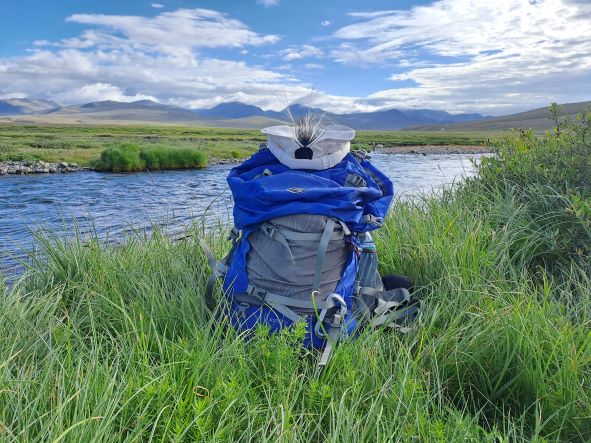
When is the best time to visit Deosai National Park? Winter vacation may not be a good idea in Deosai, as the only accessible time to visit Deosai is from June-September. This is the exclusive time of the year when the entry road is driveable, while the rest of the year it is covered neck deep in snow. For this reason, the Balti name for Deosai, Ghbiarsa, means “Summer’s place,” because even the locals only come during the Summer! During the exclusive 3-4 month window to visit, the most colorful habitat of flowers springs to life towards the end of July. This time of the year, the blossoms bloom for peak wildflower season, growing hundreds of species of flowers such as fireweed, pincushion flowers, and monkshood.
In the Summer at Deosai, the land flourishes into luscious green life especially by lakes, rivers, and streams. But be prepared, the warmer temperatures bring swarms of mosquitoes especially around bodies of water and major campgrounds. In early mornings and evenings, countless mosquitos hover around tents and swamps. A gust of the mountain breeze or a cooling shadow from clouds can bring short relief from the mosquitos. Either way, it’s a good idea to bring powerful mosquito spray or a head mosquito net.
Deosai deceptively appears as a warm, even hot area but is one of the coldest areas in Gilgit-Baltistan. Even in the Summer, an evening campfire is ideal to stay warm because the temperatures can drop below freezing at night. Pack for all weather conditions as it is warm during the day and freezing at night. Layers do the best in dealing with changing weather conditions throughout the day, so be sure to pack light and warm articles of clothing. All the major campsites provide the option of staying in rentable tents to avoid the hassle of bringing a personal tent. Bringing snacks may be a good idea for trekking and traveling, there are also mess halls at every campsite waiting to cook for hungry travelers.
There are three major campgrounds to lodge at when visiting Deosai National Park named Bara Pani, Kala Pani, and Sheosar Lake. Bara Pani means “Large Body of Water” in Urdu and is the most popular site with the most facilities, and it is accompanied by an impeccable sunrise view from the peak of the closest hill. Kala Pani, meaning “Black Water,” is the middle point between Bara Pani and Sheosar Lake. Kala Pani is significantly quieter and less crowded than Bara Pani at about a 20 km drive away. The last and smallest campground is Sheosar Lake with one of the most majestic sunset viewpoints in the park. When visiting Deosai National Park Sheosar Lake has an active bear population so it is not advised to sleep away from the main camps. Cooking food may attract bears, and while this may be a great photo opportunity, it can be dangerous. Leaving the cooking to the campsite mess halls is the safest way to go.

So what do you do when you are actually in Deosai? There’s plenty of activities from experiencing local culture with nomads, being entertained by marmots, going on a horse trek, climbing to the top of Burji La, or even a day of fishing. The nomads have a particularly dynamic and intriguing lifestyle. While spending two nights at Deosai, my team and I noticed a distant sea of livestock grazing over a feast of grass and a tiny tent accompanying them. Our first inclination was to prepare a gift of hospitality (dried fruit and snacks in our case) for their long journey and to greet these Gurjar nomads. After trekking about a mile, the crowds of goats, sheep, horses, and dogs nonchalantly travel around us.
Approaching the nomad’s red tent, we greet them with gifts and they proceed to invite us in for kava or green tea made from wild leaves in the plains. We met in a cushiony social area setup for guests. Ahamad, the 18 year old son of the shepherd, said his family is one of 5000 families living in tents as nomads around Deosai National Park. He explained they travel to high elevations in the Summer with their livestock for cooler temperatures and an all-you-can-eat buffet of shrubs and grass. Towards Winter time, they leave to low elevation plains for warmer temperatures and fresh grasslands to graze on. This three month migration from Deosai to Kashmir takes place every year by foot. Unfortunately, the nomads wear sandals while trekking through jagged rocky mountains and blistering cold temperatures.
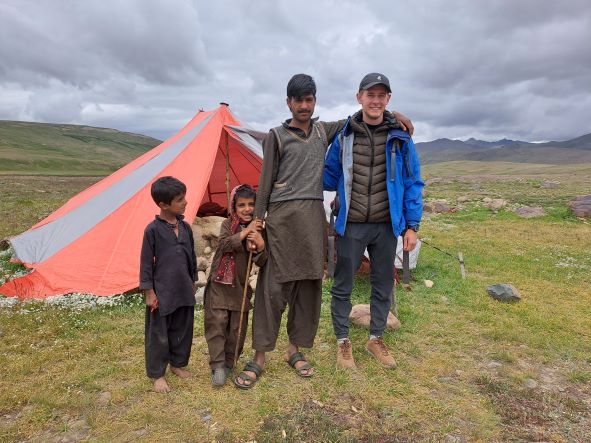
Hanging out with local nomads is just the beginning of things to do when visiting Deosai National Park. Along the journey, you’ll probably see a local Himalayan marmot. In fact, you may see families of the little rascals scattered throughout the plains. If you have never seen a marmot before, they are prairie dog-like creatures about the size of a cat that digs holes and burrows itself in the ground. If fortunate enough to catch the furry creatures playing outside, you may not be able to look away from the entertainment. Another eye-catching animal in Deosai are the horses. Often used for transportation, horses can be a great way to trek across the relatively flat plains of Deosai. The abundance of grass and easy paths to ride on make for an all around great experience to soak in the epic views. For a more leisure activity, the many clear streams, rivers, and lakes are filled with various tender trout fish perfect for fishing. Lastly, a relatively easy climb to the top of Burji La at 4800 meters allows a legendary view of surrounding mountain ranges. The climb is worth the stellar view of the second highest mountain range in the world, K2.
If you are lucky, you might encounter the famous Himalayan Brown Bear when visiting Deosai National Park. In 1993, Deosai was made a national park to protect the local wildlife and the endangered Himalayan Brown Bear from poachers and hunters. After establishing regulations and protection, the brown bear population jumped to almost 75 bears today from only 17 in 1990. Despite growth in the wild bear population, the chances to see a bear are slim while visiting Deosai National Park. The reality is there’s only one bear for every four square miles of the park. Do not be discouraged! During my last visit, wildlife officers caught a brown bear snooping around Bara Pani campsite. Tourists came running with cameras getting pictures of a lifetime. Deosai is not only home to the Himalayan Brown Bear, but also the epic Siberian ibex, snow leopard, and Himalayan wolf. Before coming to visit, a great documentary film on the wild plants and animals of Deosai is “DEOSAI – The Last Sanctuary” by Walkabout Films. However, nothing can replace the immersive in-person experience of one of the most breathtaking and dumbfounding places on Earth.
One of the greatest wonders of Northern Pakistan, Deosai National Park serves as an inspiring experience of peace and quiet among the vast plains. Deosai claims one of the highest elevation plateaus in the world providing stunning views of the night sky, untamed wildlife, and countless plantlife. Not to mention a once-in-a-lifetime view of some of the most majestic mountain ranges like K2 from the top of Burji La. Whether meeting a Gurjar nomad, horseback riding, or laughing at marmots, Deosai is a playground of unique experiences waiting to be explored. It can be hard and even overwhelming to visit Deosai National Park or Northern Pakistan for the first time. Adventure is calling to explore one of the most vast and serene plateau plains in the world! If you want to visit Deosai National Park for yourself, reach out to the Untraversed team to start planning your adventure.
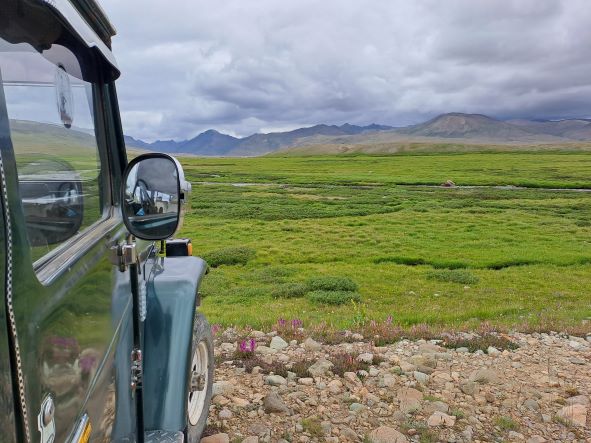
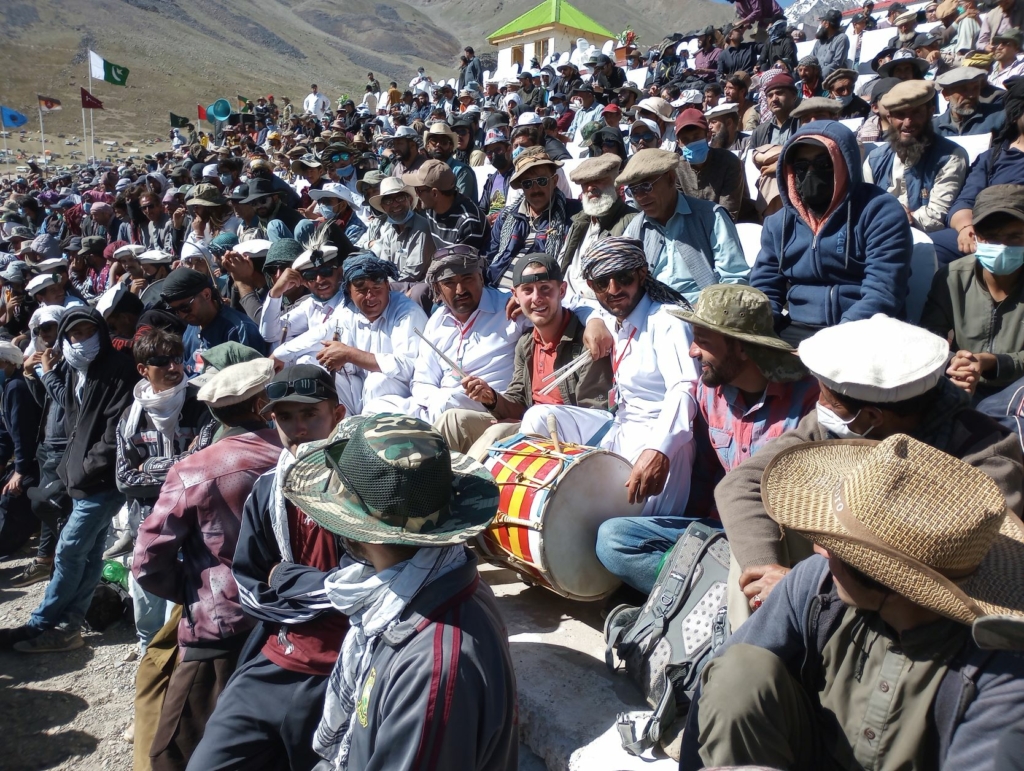
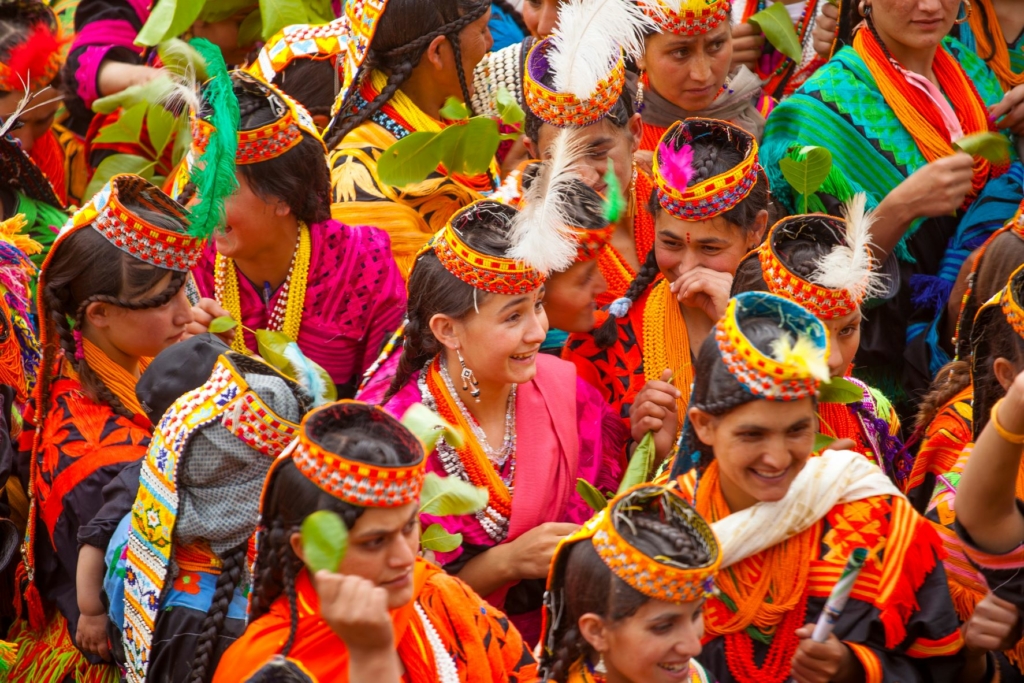
Very well written trip report, great descriptions, very inviting and intriguing. It would be really cool to meet those nomadic herdsmen. What an amazing destination. Thanks for sharing this experience.